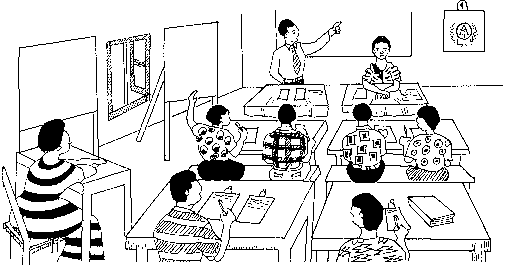Translations:
Other Pages:
Key Words
Modules
Sociology:
Home Page
Lecture Notes
Discussions
Utilities:
Site Map
Contact
Utility Documents
Useful Links
INEQUALITY: AGE, RACE, SEX, CLASS
Variations in Wealth, Power, and Prestige
by Phil Bartle, PhD
Introduction to the Module (Hub)
Documents Included in this Inequality Module
- Age, Race and Sex; socio-bio interface
- Elders
- Factors of Poverty; The Big Five
- Gender Division of Labour among the Akan
- Gender for the Community Mobiliser
- Glass Ceiling; Glass Elevator
- Global Stratification
- Inequality
- Power of Suns in the Sixties
- Racial Categories and Biology
- Vertical Mosaic
- Discussion, Elders
- Discussion, Feminism
- Discussion, Gender
- Discussion, Inequality
- Discussion, Race
We idealize equality ─ yet it is likely impossible
We have placed a high value on social equality.
It is so high that our ideal view of our culture is different from our real culture; we believe there is more equality than there is.
That difference between our real and ideal culture is illustrated by our habit of calling persons by their familiar, personal or nick names, rather than formal name and title.
Instructors who invite students to call them by their first names are engaging in a form of hypocrisy, hiding the reality that instructors have higher power than students.
Of course whoever points out the emperor has no clothes will not win any popularity competitions; we like our myths and fictions Similarly we think racism is bad, and therefore find it hard to recognize that racism is practised widely in our society.
When we talk about inequality we see three elements, power, wealth and prestige.
These belong respectively to the dimensions of economic, political and aesthetic values.
Marx saw class as determined by relations of production.
He saw that those who worked for a living versus those who owned the factories in which they worked, formed the most important two classes.
Weber, then Durkheim, contradicted Marx, and pointed out that the three elements, wealth, power, prestige, had several factors as well as production.
The sociological concern with inequality began in the industrial revolution, and our concepts of class and stratification arise from that.
Inequality, however, has been around since the agricultural revolution, and we can recognize differences based on the three biological characteristics of physical appearance, age and sex.
This module therefore provides lecture notes about race, age and gender.
Unlike the community training modules, this one does not have different documents for different purposes and readers.
All here are aimed at the beginner in the study of sociology.
──»«──
A Training Session:

|